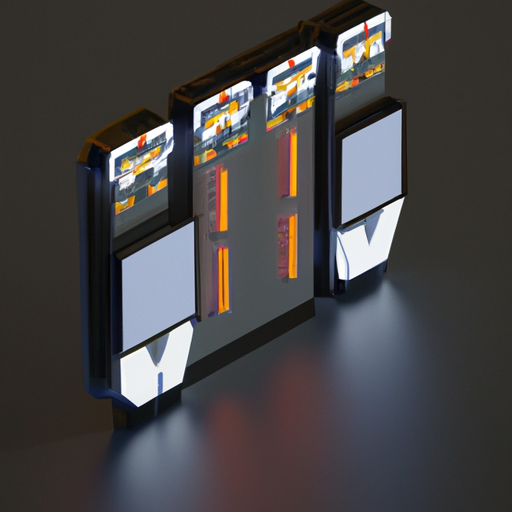Unveiling the Secrets of Building LED Display Manufacturer
Introduction to Building an LED Display Manufacturer
When considering entering the vibrant and expanding market of LED displays, one might wonder about the intricacies involved in building an LED display manufacturer. This comprehensive guide sheds light on all aspects—design, production, and marketing—required to establish a successful LED display manufacturing business.
Understanding the LED Display Market
Market Trends and Growth
The LED display market has experienced exponential growth over the past decade, driven by increasing demand for energy-efficient, high-resolution displays in various sectors, including advertising, sports, and events. A clear understanding of market trends, including emerging technologies and consumer preferences, is essential for new entrants.
Competitor Analysis
Analyzing existing competitors, such as Daktronics and Barco, provides insights into successful strategies and potential market gaps. This analysis aids in identifying unique selling propositions (USP) that can distinguish your brand.
Essential Components of LED Displays
Types of LEDs
Understanding the types of LEDs—such as SMD (Surface-Mounted Diodes) and **COB (Chip on Board)**—is fundamental. SMD LEDs offer superior brightness and color consistency, while COB LEDs are known for better heat dissipation and longer lifespans.
Control Systems
Modern LED displays rely on advanced control systems, including synchronous and asynchronous controllers. Synchronous systems are used for real-time content, while asynchronous systems are better for pre-uploaded, non-interactive content.
Power Supply
A reliable and efficient power supply is crucial for the uninterrupted functioning of LED displays. High-quality power supplies ensure longevity and minimize downtime.
Key Steps in Building an LED Display Manufacturer
Research and Development (R&D)
Innovation and Patents
Investing in R&D is vital for innovation. Obtaining patents protects your intellectual property and provides a competitive edge in the market.
Prototyping
Prototyping is critical for testing and refining LED display designs. This stage helps identify potential issues and allows for adjustments before mass production.
Procurement of Raw Materials
Sourcing high-quality raw materials, such as LED chips, circuit boards, and heat sinks, is essential. Building relationships with reputable suppliers ensures the reliability and quality of your final product.
Production Process
Assembly Line Setup
Establishing an efficient assembly line is the backbone of your manufacturing process. Automation and precision machinery minimize human error and increase production speed.
Quality Control
Implementing stringent quality control measures throughout the production process ensures that each LED display meets industry standards. Regular inspections and testing are vital.
Hiring Skilled Workforce
Building a team of skilled professionals, including engineers, designers, and assembly workers, is crucial. Providing continuous training ensures that your workforce remains adept with the latest technologies.
Marketing and Sales Strategies
Branding
Creating a strong brand identity is essential. A memorable logo, cohesive brand colors, and a clear mission statement resonate with customers and build trust.
Digital Marketing
Utilizing SEO, content marketing, and social media reaches a broader audience. Regularly publishing high-quality content related to LED displays attracts potential customers and enhances your brand's authority.
Partnerships and Collaborations
Partnering with event organizers, advertising agencies, and tech companies expands your reach. Collaborations can lead to bulk orders and long-term contracts.
After-Sales Support and Services
Warranty and Maintenance
Offering robust warranty and maintenance services assures customers of your product's reliability and strengthens customer loyalty. Developing a quick and efficient repair process minimizes downtime for your clients.
Customer Feedback and Improvement
Collecting and analyzing customer feedback is invaluable for continuous improvement. Addressing complaints and implementing suggestions not only improves your product but also enhances customer satisfaction.
Case Study: Successful LED Display Manufacturer
XYZ LED Displays
XYZ LED Displays started in 2010 with a small team of engineers and designers. By focusing on high-quality components, continuous innovation, and excellent customer service, they carved out a significant market share. Today, they serve major clients in sports, entertainment, and advertising sectors. Their success is a testament to meticulous planning, quality production, and robust marketing.
Conclusion
The journey to building a successful LED display manufacturer is marked by understanding market dynamics, investing in quality components and skilled workforce, and employing effective marketing strategies. By adhering to these principles, you can establish a thriving business in the ever-expanding LED display market.
By mastering these elements, aspiring manufacturers can confidently enter the competitive arena of LED display manufacturing and carve out their niche. The road to success is paved with innovation, commitment to quality, and a strategic approach to market demands.

